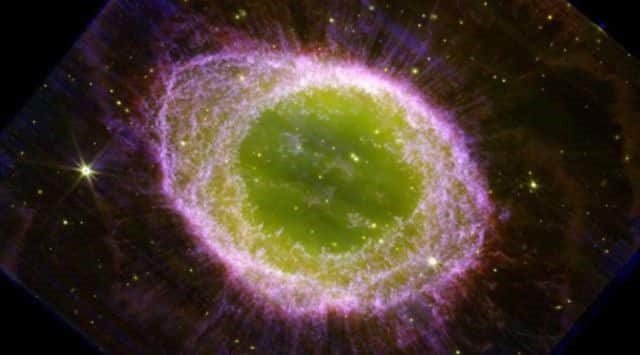Free Courses Sale ends Soon, Get It Now


Free Courses Sale ends Soon, Get It Now



Disclaimer: Copyright infringement not intended.
Context
Details
Formation and Structure of the Ring Nebula
Stellar Evolution
Shedding Outer Layers
The Appearance of the Ring Nebula
Visual Observations
Colors and Composition
Scientific Significance and Study of the Ring Nebula
Observing the Ring Nebula
James Webb Telescope
Key Features and Objectives
Launch and Deployment
Conclusion
The Ring Nebula, a stunning cosmic jewel, represents the final stages of a star's life and provides essential insights into stellar evolution. Its colorful and distinct appearance makes it a favorite target for amateur astronomers, while professional observatories offer detailed views of its intricate structure. As one of the most iconic planetary nebulae in the night sky, the Ring Nebula continues to fascinate both scientists and stargazers alike, enriching our understanding of the cosmos.
|
PRACTICE QUESTION Q. The Ring Nebula, also known as Messier 57 (M57), is a famous planetary nebula located in which constellation? A) Orion B) Lyra C) Ursa Major D) Scorpius Answer: B) Lyra |
https://indianexpress.com/article/technology/science/webb-telescope-ring-nebula-8876262/
© 2024 iasgyan. All right reserved